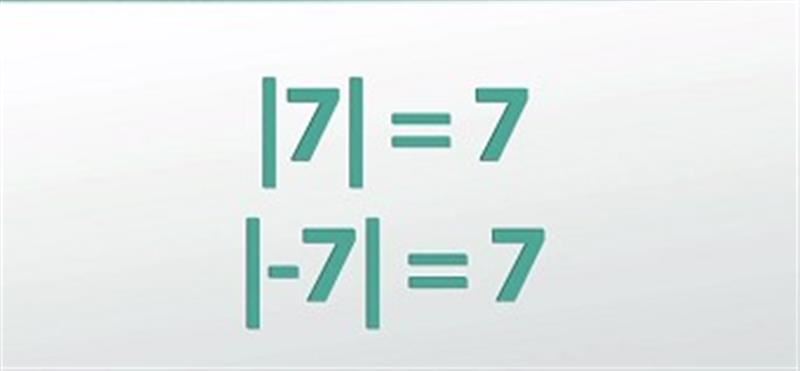The Distance from Zero
One February, during Super Bowl XLV, which was the Packers vs. the Steelers, I made a bet with a friend over how much money it costs to get a 30-second commercial on during one of the commercial breaks. Now I'm a huge Packers fan and he was a Steelers fan, so we decided that the loser would have to wear the opposing team's jersey for the rest of the game.
I thought it would cost around $1,250,000 and my friend was convinced that it cost $5,500,000. I wasn't sure if I was exactly right or not, but I was pretty confident that he was way off, so I decided to make the bet.
Well, a few internet searches later, we discovered that a 30-second commercial that year cost $3,000,000. So who won? Well, a simple calculation of $3,000,000 minus $1,250,000 gave us the answer that I was $1,750,000 off the actual answer. Doing the same for him, $3,000,000 minus $5,500,000 told us that he was $2,500,000 off. This means that I was definitely closer, so I won and my Packer pride stayed intact.


But a closer inspection into this reveals a situation that actually comes up a lot in mathematics. What my friend and I cared about was purely how far away our guess was from the actual answer. We didn't care about whether we were over or under, or whether the number we did after the little subtraction problem was positive or negative. All that we cared about was the magnitude of the answer, or how large the number was regardless of the sign in front of it. In mathematics, this operation of taking the number and only looking at the size of it and ignoring the sign, is called the absolute value.
We often use absolute values when talking about distance because there is no such thing as negative distance. For example, just because the store you're going to is a block behind you doesn't mean it's negative one blocks away. It's just one block, right?
Notation of Absolute Values
Just like how the winner of our bet was the one whose guess was less far away from the answer, the absolute value of any number can be thought of as how far away that number is from zero. For example, the absolute value 7 (written as |7|)? Still 7. It's 7 units away from zero. The absolute value of -7 (written as |-7|)? 7, because it's still 7 units away from zero.
Absolute Value Examples
Notice that we use these straight up and down bars around the number to indicate that we're taking the absolute values. And, also, the important thing to note here is that the absolute value turns negative numbers positive but leave positive numbers exactly the same.